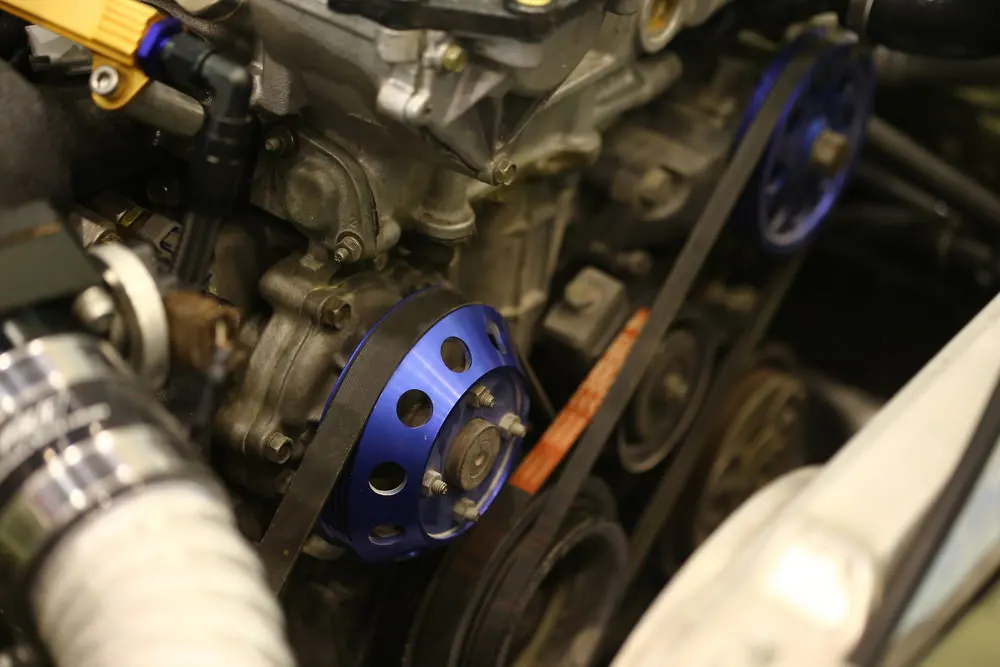The main difference between the V-belt pulley of a motor and a generator is their function and size. The V-belt pulley of a motor is designed to transfer power from the motor to other components, such as pumps or fans, while the V-belt pulley of a generator is designed to transfer power from the engine to the generator.
In terms of size, the V-belt pulley of a motor is usually smaller than the V-belt pulley of a generator, as the motor is designed to operate at a higher speed than the engine. The V-belt pulley of a generator is typically larger to help increase the output power of the generator.
Another difference is the type of V-belt used. Motor pulleys typically use standard V-belts, while generator pulleys often use cogged V-belts, which have teeth that fit into the grooves of the pulley for a more secure grip and less slippage.
What to pay attention to when purchasing V-type engine pulley ?
When purchasing a V-type engine pulley, it is important to pay attention to several factors, including:
- Size and type: Make sure to choose the right size and type of pulley that matches the engine and the belt. Using the wrong size or type of pulley can cause issues with performance and reliability.
- Quality: Choose a pulley made from high-quality materials, such as cast iron or steel, to ensure durability and longevity.
- Fitment: Check that the pulley will fit securely onto the engine shaft and align properly with other components.
- Brand and reputation: Purchase from a reputable brand that has a good reputation for producing reliable and high-quality engine components.
- Cost: Consider the cost of the pulley and whether it provides good value for money in terms of its quality and performance. Avoid cheap, low-quality pulleys that may fail prematurely and cause more expensive damage to the engine.
What to pay attention to when purchasing V-type motor pulley ?
When purchasing a V-type motor pulley, there are several important factors to consider:
- Belt type and size: Make sure the pulley is compatible with the belt you plan to use, and that the belt size matches the pulley’s specifications.
- Bore size: Ensure that the pulley’s bore size matches the diameter of the motor shaft.
- Material: Choose a pulley made from durable and heat-resistant materials such as cast iron or steel.
- Number of grooves: Check the number of grooves on the pulley to ensure it matches the number of grooves on the motor pulley.
- Load capacity: Consider the load capacity of the pulley to ensure it can handle the weight and stress of your specific application.
- Alignment: Check that the pulley is properly aligned with the motor shaft and any other pulleys in the system to avoid excessive wear on the belt and pulley.
- Brand and supplier: Choose a reputable brand and supplier to ensure you are getting a high-quality and reliable product.
CONTINUE READING
Related Posts
In the world of industrial manufacturing, the efficiency and reliability of transmission systems are critical to the success of any […]
In industrial settings, a smooth and quiet power transmission system is crucial for productivity, safety, and worker comfort. V Belt […]
Splines play a critical role in mechanical power transmission systems, enabling rotational motion and torque transfer between mating components. These […]





